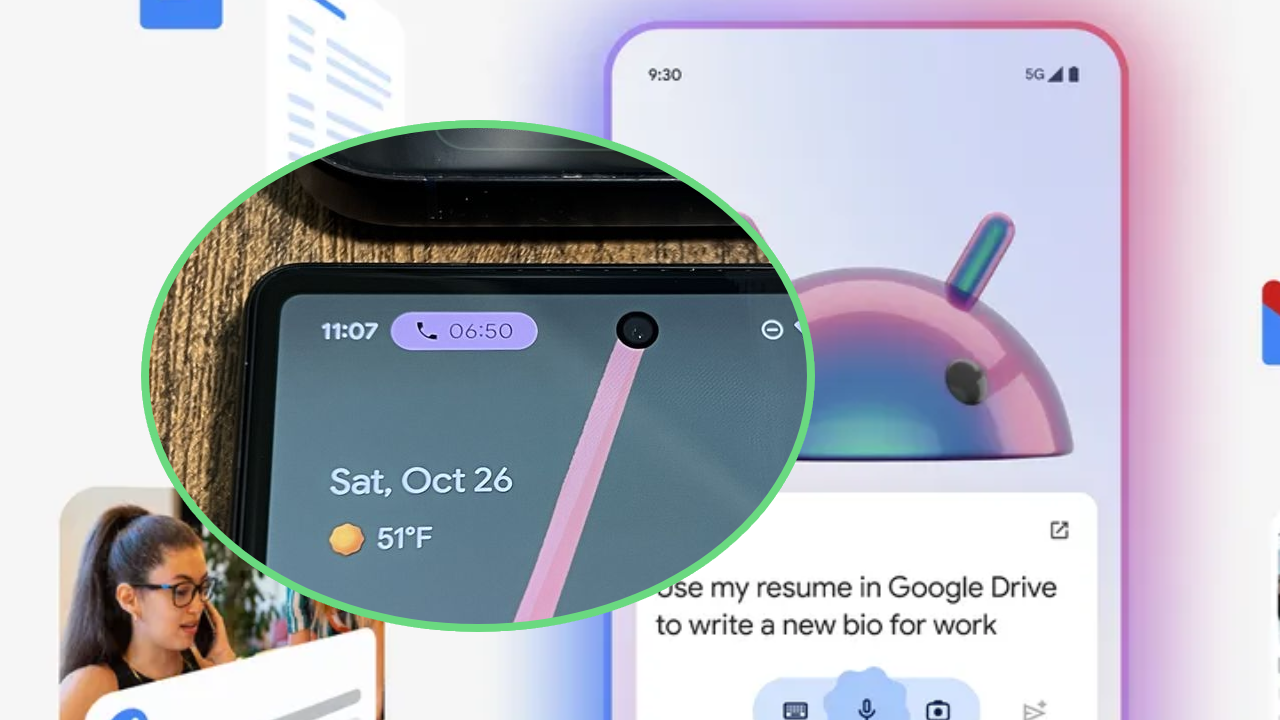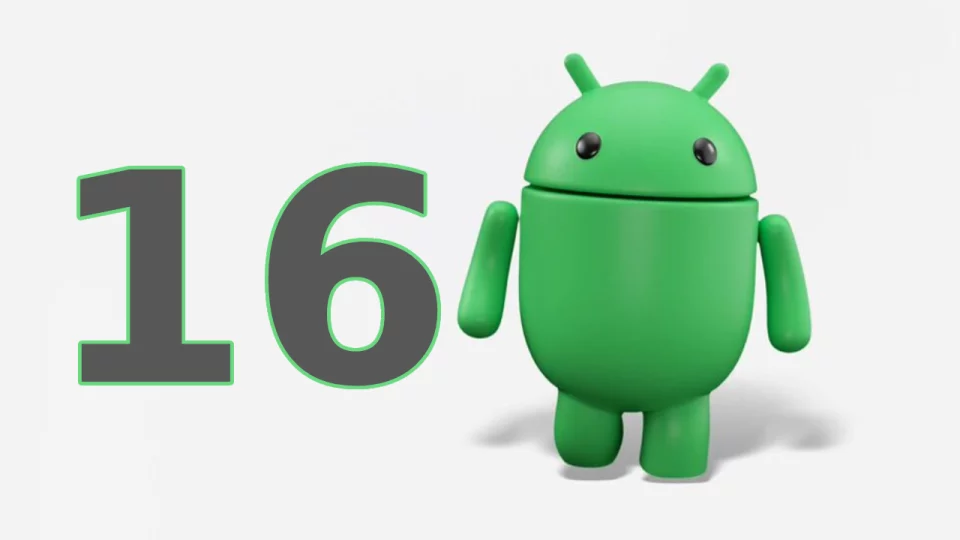The world of mobile operating systems is constantly evolving, and every major update brings new features that aim to improve the user experience. Android, one of the most widely used mobile platforms globally, has been at the forefront of this evolution.
With every new version, Android introduces enhancements that cater to both developers and end-users. As Android 16 is on the horizon, speculations are rife about the new features it will bring. One of the most exciting rumors is the introduction of Rich Ongoing Notifications, a dynamic and interactive notification system that could potentially transform how users interact with their apps.
Table of Contents
Understanding Rich Ongoing Notifications
Rich Ongoing Notifications represent a significant upgrade to the traditional notification system that Android users have grown accustomed to. Notifications are a crucial part of any smartphone experience, providing users with real-time updates from various apps. However, the current notification system in Android is often limited in its scope. While it delivers essential information, it can sometimes feel static and underutilized, especially for ongoing activities like timers, calls, or app-based tasks.
Rich Ongoing Notifications, as the name suggests, add a dynamic element to these notifications. Instead of simply showing static information, this new feature would allow ongoing tasks within apps to display rich, interactive data directly in the notification panel or on the lock screen. This means that users would no longer need to open an app to check real-time updates. For instance, a user could view the time remaining on a food delivery, track the score of a live sports event, or monitor the progress of a timer—all without having to leave the home screen or unlock the phone.

The functionality of these notifications is said to include custom text, background colors, and icons. This would allow app developers to personalize the look and feel of notifications to better suit their app’s branding or the nature of the task at hand. Notably, this feature seems to be directly inspired by Apple’s Dynamic Island, which was introduced with the iPhone 14 Pro models.
The Origins and Comparison to Apple’s Dynamic Island
When Apple introduced Dynamic Island, it was hailed as a groundbreaking feature that redefined how users interact with notifications and live updates. Dynamic Island transforms the area around the front camera notch into a versatile space for dynamic, ongoing notifications. From showing live scores to tracking rideshares and delivery updates, Dynamic Island provided a visually appealing and intuitive way for users to stay updated without switching between apps.
Android 16’s rumored Rich Ongoing Notifications seem to be Android’s answer to Dynamic Island. While the exact details of how this feature will be implemented in Android remain speculative, early reports suggest that it will offer a similar dynamic notification experience. However, Android’s open nature could give developers more flexibility in customizing these notifications, allowing for potentially more creative implementations.
Apple’s Dynamic Island is currently limited to certain devices, such as the iPhone 14 Pro models. However, if Android integrates this feature across a broader range of devices, it could become a more ubiquitous tool for users worldwide. Android’s approach, known for its flexibility and developer-friendly environment, may also allow third-party app developers to leverage this feature in more innovative ways than Apple’s tightly controlled ecosystem.
How Rich Ongoing Notifications Could Enhance User Experience
Notifications serve as a bridge between apps and users, keeping them informed about critical updates without needing to open apps frequently. However, the current system of static notifications has limitations when it comes to ongoing tasks, such as delivery tracking, live event updates, or active phone calls. These tasks often require users to open the app to get more detailed information.
Rich Ongoing Notifications aim to remove this friction by making notifications more dynamic, interactive, and visually informative. Here are some of the ways this feature could enhance user experience:
- Real-Time Updates at a Glance: Users could receive live updates about ongoing activities directly in their notifications or on their lock screen. This could include tracking deliveries, monitoring the progress of tasks like file downloads, or viewing the score of a live sports event. The ability to see these updates without needing to unlock the phone would make the user experience smoother and more seamless.
- Enhanced Aesthetics and Customization: With the option for custom text, background colors, and icons, developers could make notifications more visually appealing and aligned with the app’s branding. For example, a food delivery app could use its brand colors and custom icons to display delivery updates, making the notification instantly recognizable.
- Interaction Without Disruption: Rich Ongoing Notifications would allow users to interact with ongoing activities without having to leave the home screen or open the app. For instance, a timer app could show the time remaining directly in the notification bar, while a ride-sharing app could display real-time updates on the driver’s location. This would reduce the need for users to constantly switch between apps, making multitasking easier.
- Lock Screen Integration: The ability to view ongoing tasks from the lock screen means users could quickly glance at important information without unlocking their phone. This is particularly useful for tasks like tracking the remaining time on a workout timer or viewing the status of a file upload.
Developer Implications and Opportunities
While Android’s notification system has always been robust, Rich Ongoing Notifications open up new possibilities for app developers. Currently, this feature is primarily accessible to first-party apps like Google’s call and screen recording functions. However, with Android 16, third-party app developers could potentially gain access to these features, enabling them to create more immersive and interactive user experiences.
For developers, this represents a significant opportunity to reimagine how they present ongoing information to users. Here are a few potential use cases:
- Ridesharing and Food Delivery Apps: Imagine being able to see the real-time location of your rideshare driver or food delivery without opening the app. A Rich Ongoing Notification could show the driver’s ETA, provide an update on the delivery status, and even allow users to interact with the app (e.g., contacting the driver) directly from the notification.
- Fitness and Health Apps: Fitness apps could display workout timers, heart rate statistics, or progress updates directly in a Rich Ongoing Notification. This would allow users to monitor their fitness goals without needing to open the app during a workout session.
- Media Playback and Live Events: Apps like Spotify, YouTube, or streaming services could benefit from showing playback controls, song details, or even live event scores in an interactive notification. This would provide a more integrated experience for users who are multitasking.
- Travel and Airlines: Travel apps could display boarding information, gate updates, or flight delays in a Rich Ongoing Notification, allowing users to stay informed while navigating airports or commuting.
Challenges and Considerations
While the introduction of Rich Ongoing Notifications seems like an exciting development, it’s important to consider the challenges and limitations that could arise. Here are a few potential obstacles:
- Battery Consumption: Dynamic notifications that update in real-time could consume more battery, especially if multiple apps are using this feature simultaneously. Developers and users will need to balance the desire for real-time updates with the need to conserve battery life.
- Overload of Information: If too many apps begin using Rich Ongoing Notifications, users could become overwhelmed by the amount of information displayed on their lock screen or notification bar. Developers will need to be mindful of how and when to use this feature to avoid cluttering the user’s experience.
- Compatibility Across Devices: Given the wide variety of Android devices, there may be challenges in ensuring that Rich Ongoing Notifications work seamlessly across different screen sizes, resolutions, and hardware specifications. Google will need to work closely with device manufacturers to ensure a consistent experience for all users.
- Security and Privacy: Displaying sensitive information, such as live flight details or delivery updates, on the lock screen could raise privacy concerns. Android will likely need to implement robust privacy controls to allow users to customize which information can be displayed publicly.
Android 16’s rumored Rich Ongoing Notifications could mark a significant leap forward in how notifications are presented and interacted with on Android devices. By offering dynamic, real-time updates that are visually customizable and easily accessible, this feature has the potential to enhance both the user experience and the capabilities of app developers.
While comparisons to Apple’s Dynamic Island are inevitable, Android’s implementation could provide even greater flexibility and customization due to its open nature. The ability for third-party developers to access this feature and integrate it into their apps opens the door to a wealth of innovative possibilities. However, with great power comes great responsibility, and developers will need to carefully consider how to use this feature to avoid overwhelming users or compromising device performance.
